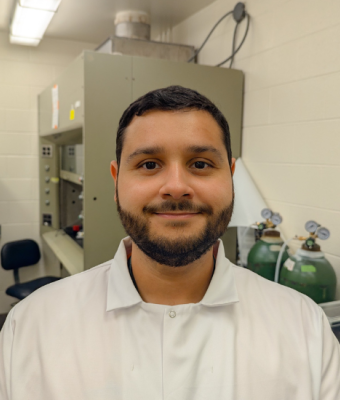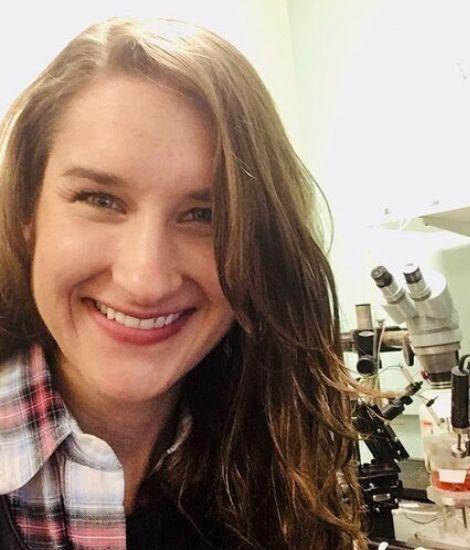My PD Story

Tae-In Kam, PhD
2022 Stanley Fahn Junior Faculty Award
Targeting the PARP1 Enzyme to Halt Parkinson’s Progression
Tae-In Kam, PhD, of Johns Hopkins University School of Medicine, a Parkinson’s Foundation Center of Excellence, received a Parkinson’s Foundation Stanley Fahn Junior Faculty Award to study the role of an enzyme called PARP1 in Parkinson’s disease (PD). An enzyme is usually a protein that alters how brain cells communicate. The goal is to halt the progression of Parkinson’s through exploring different mechanisms that target this enzyme.
The brain chemical dopamine is responsible for smooth, controlled movements. When the brain cells that produce dopamine die at a fast pace, early Parkinson’s movement symptoms occur — including rigidity and balance issues. All people with Parkinson’s have a low level of dopamine. Currently there are no treatments that prevent the progression of the disease.
A protein called alpha-synuclein is involved in the loss of dopamine brain cells. In Parkinson’s, alpha-synuclein misfolds and forms deposits in the brain. These deposits disrupt the brain’s normal functioning in people with PD. How exactly this protein causes Parkinson’s to progress is still unknown.
Dr. Kam recently found that in Parkinson’s, alpha-synuclein activates an enzyme called PARP1. Essentially, the enzyme sends toxic signals to brain cells, leading to cell death. How this occurs is not known.
In a mouse model, Dr. Kam will study PARP1’s role in the development of Parkinson’s, looking to identify compounds that affect the enzyme’s role in damaging nerve cells in Parkinson’s. These compounds could be a new target for future PD treatments.
“Our long-term goal is to discover treatments that impact PARP1, as well as discovering biomarkers to help diagnose PD,” Dr. Kam said. “This approach should have a significant impact on slowing or halting the degenerative process of PD and related diseases.”
Of his Parkinson’s Foundation grant award, he said, “This award will enable us to open new research horizons.”
Meet more Parkinson’s researchers! Explore our My PD Stories featuring PD researchers.
Related Materials
More Stories
from the Parkinson's community


















